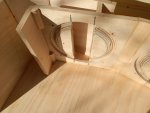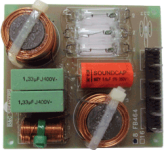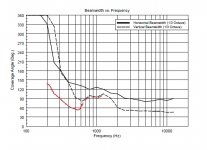Carl,
Congratulations on an awesome new tool!
I did the design with a single 1/4" straight flute end mill in mind way back in 2016. Be sure that you have either a stiff frame with powerful motors or that your spindle speed is pretty low. You can burn through bits pretty easily when cutting baltic birch if you're not careful.
As it turns out, I will again have access to a CNC router in the near future myself. Finally, I should be able to make flat packs for the first time in many years!
If you have any questions or want to compare notes, please let me know!
Congratulations on an awesome new tool!
I did the design with a single 1/4" straight flute end mill in mind way back in 2016. Be sure that you have either a stiff frame with powerful motors or that your spindle speed is pretty low. You can burn through bits pretty easily when cutting baltic birch if you're not careful.
As it turns out, I will again have access to a CNC router in the near future myself. Finally, I should be able to make flat packs for the first time in many years!
If you have any questions or want to compare notes, please let me know!




